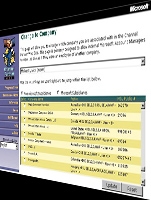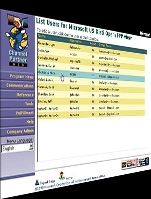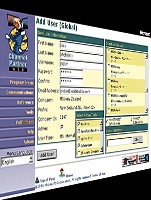I have worked on several projects for CP Web. For one of these projects, I was asked to improve to administrative pages on the site. The administration pages were only used by internal users (who were specified to be admins) and the global admins. Part of the project was to create a new set of admin tools for external admins. This would allow organizations to maintain their own users without having to send requests to the global admins to have changes made.
One of the tools allowed the internal admins to assign themselves to other organizations in order to confirm that content intended for that organization was profiled correctly. The problem with this tool was that an internal admins could select users other than themselves and assign other users to different organizations. This is useful for the global admins because they oversee the entire site, but the internal admins did not need this ability. If fact, it led to problems when some users were inadvertently assigned to different organization.

(click image to zoom)


